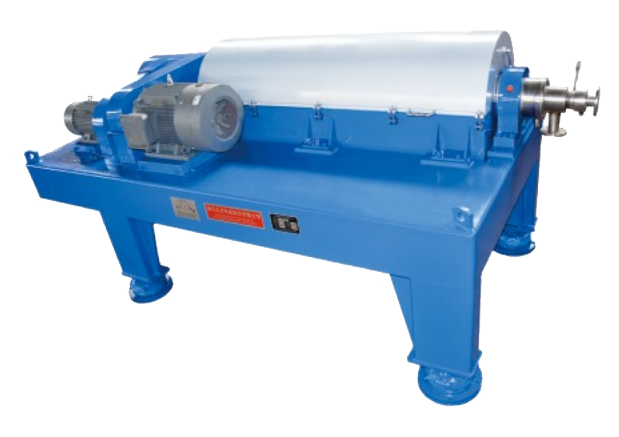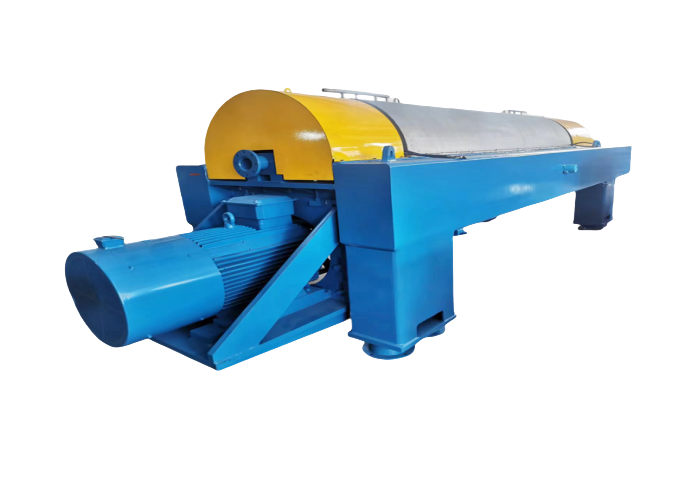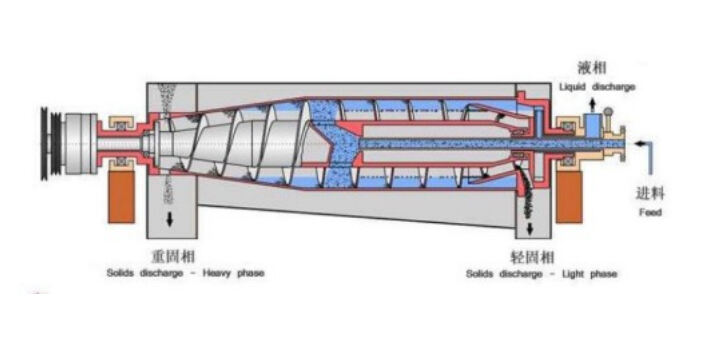electroplating wastewater heavy metal recovery
Electroplating wastewater heavy metal recovery is a sophisticated treatment process designed to extract and reclaim valuable metal components from industrial electroplating effluents. This advanced system combines multiple technologies, including chemical precipitation, ion exchange, membrane filtration, and electrochemical processes, to effectively separate and recover heavy metals such as copper, nickel, chromium, and zinc from wastewater streams. The process begins with pretreatment stages to adjust pH levels and remove suspended solids, followed by selective metal recovery steps that utilize specialized electrodes and carefully controlled electrical currents. The system employs advanced monitoring equipment to ensure optimal recovery rates and maintain consistent quality of the recovered metals. Modern electroplating wastewater heavy metal recovery systems can achieve recovery rates of up to 99% for certain metals, making them both environmentally sustainable and economically viable. The recovered metals can be reused in various industrial applications, creating a circular economy approach to waste management. This technology has become increasingly important in meeting stringent environmental regulations while providing opportunities for cost reduction through material recovery.


